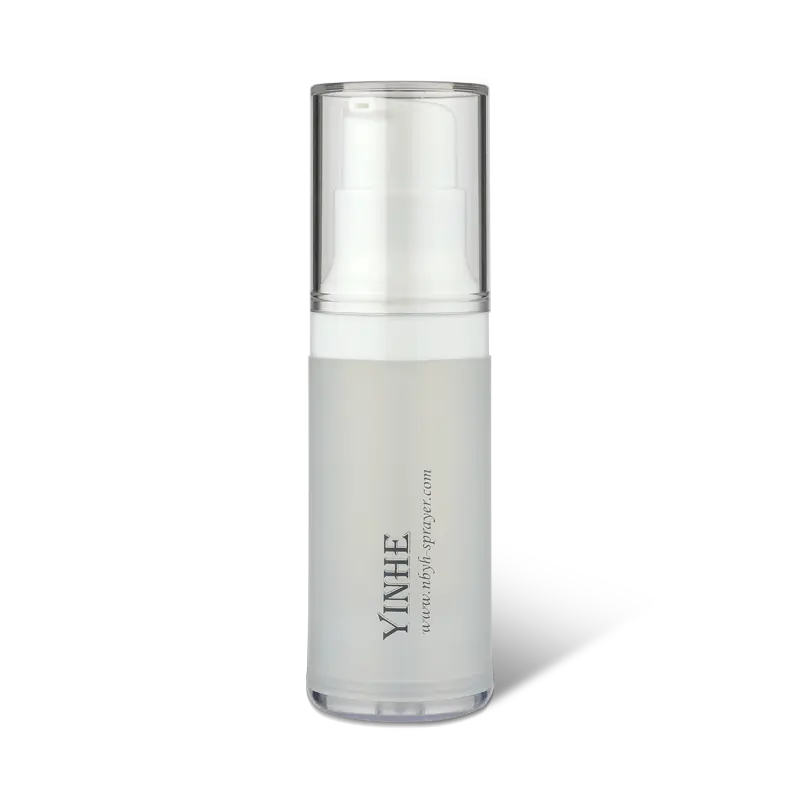YINHE Articles - The Leading Packaging Manufacturer of The Cosmetics
What is cosmetic packaging
The term Cosmetics Packaging refers to the containers and secondary packaging used for cosmetic products. These products are made of substances that are meant to beautify and enhance human looks without affecting the body's functions or structure. Here are a few common examples of packaging used in the industry. Let's look at two examples: Stylized pencil and Plastic. Read on to learn more about each of them. We'll also discuss how to use them effectively.
Plastics
A new tax on plastics in cosmetics packaging is set to foundation bottle Manufacturers be introduced in the UK in April 2022. The tax is intended to encourage the cosmetics industry to reduce their plastic footprint. A new survey revealed that 40% of UK citizens are concerned about the effects of climate change. In addition to the environmental benefits of packaging, the public has become increasingly aware of greenwashing and the impact of cosmetics on the environment. Innisfree, a Korean cosmetics brand, was accused of greenwashing when it promoted a product in a paper bottle but it turned out to be largely plastic.
Paper
One of the most sustainable options for packaging cosmetics is paper. It is recyclable, compostable, and relatively lightweight. However, paper containers for cosmetics must be treated with a water-repellent chemical, either natural or synthetic, to ensure their safety during shipment. Even though many manufacturers boast that 25% of their packaging is recycled, this process can be time-consuming and can make the product more expensive than it is worth. In addition, many products are not recyclable and can cause additional waste in landfills.
Metals
The use of metals in cosmetics is prohibited under the Cosmetics Directive 76/768/EC, which will be replaced by Regulation (EC) No 1223/2009 on 11 July 2013. However, manufacturers are allowed to use certain types of metals when they are technically unavoidable under good manufacturing practice. These substances must be safe for human health under normal conditions of use. This study also demonstrates the potential health hazards of these metals.
Stylized pencil
The cosmetics pencil & pen market is projected to grow at a CAGR of over 9.3% during the forecast period. North America and Europe are expected to hold a combined market share of around 50% over the forecast period. However, Asia-Pacific is expected to emerge as the most attractive region for this product category in the future. However, a growing number of competitors are launching novel products and expanding their geographical footprint.
Natural tones
As our lifestyles become increasingly minimalist, we are also looking for more environmentally friendly ways to package our products. The desire to cut back on waste and prioritize quality is a powerful force for a new aesthetic trend, and natural tones are no exception. They transcend trends and are a sign of taste and style. Here are some ways you can incorporate natural tones into your cosmetics packaging:
Unique fonts
A modern font can provide a clean, elegant look on a packaging. It is easy to read even in body text, and pairs well with bold, eye-catching serifs. It can also be used on minimalist jewelry packaging. Didot has an extreme contrast between the letterforms and its weight, which gives it a sleek, sophisticated look. The font is not too bold or too thin, making it a good choice for packaging that aims to convey a sense of playfulness.
Functionality
The outer packaging of cosmetics should combine aesthetics with functionality. Creative and innovative packaging designs can create an unforgettable first impression. The National Cosmetics Association (NDA) offers packaging solutions for beauty and personal care brands. Its resources include information about the US Federal Food, Drug, and Cosmetic Act and the Canadian Consumer Packaging and Labelling Act. Additionally, it offers guidelines on packaging and labeling requirements developed by the ISO (International Organization for Standardization).
Attractiveness
Cosmetic manufacturers recognize that attractive cosmetic packaging is an effective way to convince customers of the quality of their products. It can serve as a silent salesman that convinces a potential customer to make a purchase. Many marketing pundits have acknowledged that cosmetic packaging has an influence on buying decisions. Customers interact and communicate with the cosmetics packaging. They may even trust the quality of the product based on the look of the packaging.
Recommended Products
-

Air Cushion Compact Case with Powder Puff and Mirror YH-C521
-

YH-C536
-

YH-C536-D
-

Classic pp round airless bottle packaging YH-L30F
-

Classic round airless bottle skincare packaging YH-L004,15ml
-

Classic round screw airless bottle skincare serum packaging YH-L002,30ml
-

Cylinder all PP airless bottle serum packaging YH-L20S
-

Cylinder aluminum bottle clear cap airless packaging YH-L15B-2
-

Environmental cylinder all pp snap on vacuum bottle skincare packaging YH-L017,50ML
-

Hot sale cylinder airless bottle with brush foundation packaging YH-L006-B,15ml

 简体中文
简体中文 English
English España
España عرب
عرب Français
Français